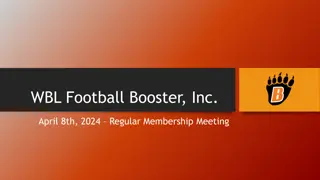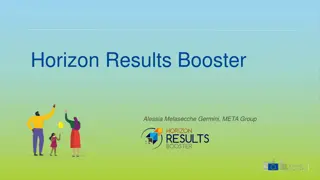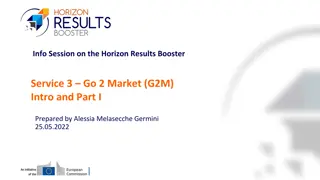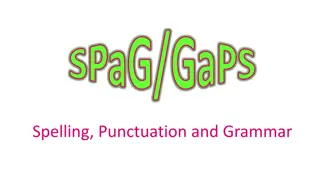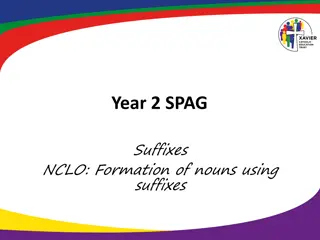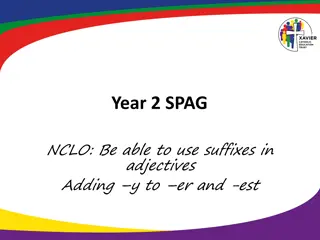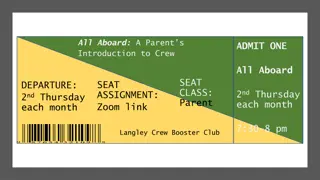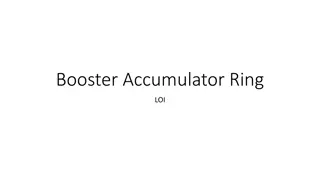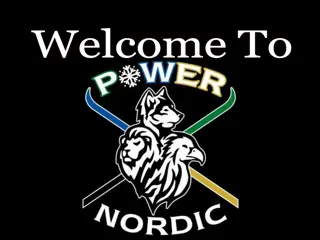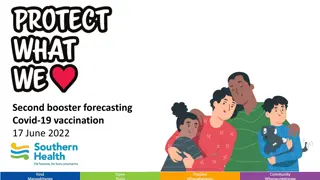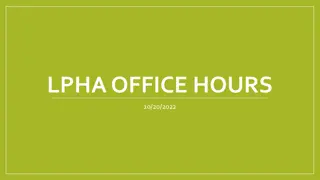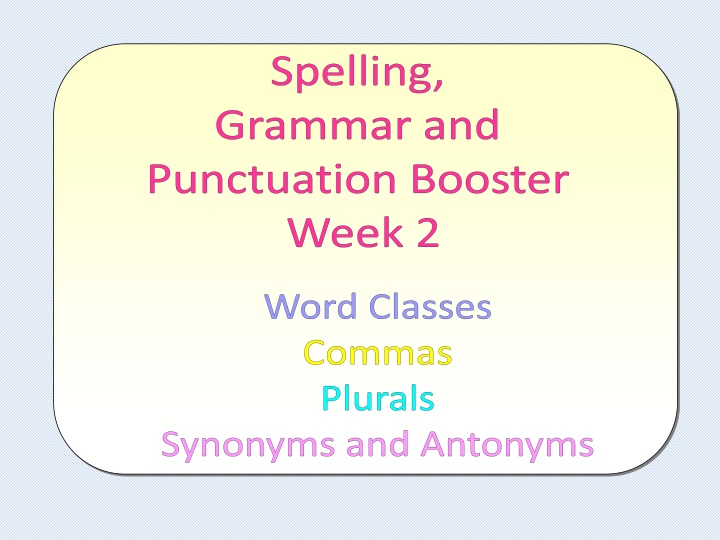
Improve Your Language Skills: Spelling, Grammar, and Punctuation Guide
Enhance your language skills with this comprehensive guide covering spelling rules, grammar concepts, word classes, punctuation usage, and the importance of commas. Learn about nouns, verbs, adjectives, and adverbs through engaging exercises. Master the art of using commas correctly and understand how they can alter the meaning of a sentence. Take your writing to the next level with practical examples and tips included in this helpful resource.
Download Presentation

Please find below an Image/Link to download the presentation.
The content on the website is provided AS IS for your information and personal use only. It may not be sold, licensed, or shared on other websites without obtaining consent from the author. If you encounter any issues during the download, it is possible that the publisher has removed the file from their server.
You are allowed to download the files provided on this website for personal or commercial use, subject to the condition that they are used lawfully. All files are the property of their respective owners.
The content on the website is provided AS IS for your information and personal use only. It may not be sold, licensed, or shared on other websites without obtaining consent from the author.
E N D
Presentation Transcript
Spelling, Grammar and Word Classes Commas Plurals
Word Classes adjective noun adverb verb
adjective An is a word which describes a noun e.g. huge, red, and dark. noun A is a thing or person e.g. cat, John, children. verb adverb A is a doing word e.g. saw, chase, run. An describes how a verb is done e.g. slowly, cleverly, very..
Write 4 lists in your book: nouns, verbs, adjectives and adverbs. Place each of these words in the correct list. dog sat mysterious car carefully boy sleep took make creatively camera smart run steep quickly moonlit bitterly fantastic snow faintly pretty fall elephant hop excitedly bubble cook large girl calmly book broken read hat chase house
How did you do? Nouns are in red. Verbs are in purple. Adjectives are in green. Adverbs are in blue. dog sat mysterious car carefully boy sleep took make creatively camera smart run steep quickly moonlit bitterly fantastic snow faintly pretty fall elephant hop excitedly bubble cook large girl calmly book broken read hat chase house Now write 3 sentences of your own which each include a noun, an adjective, a verb and an adverb.
Commas In place of brackets In a list Between clauses
A comma is a punctuation mark It tells us to take a brief pause when we are reading not as long as a full stop. It is the most common punctuation mark but it has to be used carefully.
Commas change the meaning of what we are reading: The old lady collected silver, paper, hats, clocks and tablecloths. The old lady collected silver paper, hats, clocks and tablecloths. The old lady collected silver, paper hats, clocks and tablecloths.
Separating items in lists We use a comma between each item in a list, except for the last item where we use and. He packed a camera, his sunglasses, his swimming trunks and a towel.
In place of brackets In a long sentence, we use commas to separate out extra information and make the sentence easier to read. These commas do the same job as brackets but look a lot neater in our writing. She packed her bag (which was a Christmas present from her mum) and set off for school. She packed her bag, which was a Christmas present from her mum, and set off for school.
Between clauses A clause is a short sentence that could stand alone. You can use commas between clauses to break up compound sentences and make them easier to read. She went to all the trouble of packing her bag, but she forgot to take it to school.
Other Uses Show a brief pause within a sentence Break up numbers into thousands Help with speech punctuation
Plurals The next few slides are reminders to help you remember the rules for changing words to plurals.
Rule 1 Simply add an s Examples: bed = beds spoon = spoons
Rule 2 If the word ends in a y If there is a vowel before the y , just add an s . If there is a consonant before the y , change the y to ies . Examples: monkey = monkeys sky = skies
Rule 3 If there is an o at the end of a word If there is a vowel before the o , just add an s . If there is a consonant before the o , add es . Examples: video = videos tomato = tomatoes
Rule 4 Words that end in ch , sh or x Add es . Examples: church = churches box = boxes dish = dishes
Rule 5 If a word already ends in an s Add es . Examples: bus = buses kiss = kisses
Rule 6 If a word ends in an f Nearly always replace the f with ves Examples: leaf = leaves wolf = wolves Some words are naughty and do not follow this rule! You just have to remember which ones they are. Examples: roof = roofs chef = chefs
Rule 7 Some words change completely! Examples: child = children person = people man = men
Rule 8 Some words don t change at all! Examples: sheep = sheep fish =fish
Synonyms Antonyms
A synonym is a word that has the same or similar meaning as another word, for example: pretty and beautiful. Look at the table below. Can you think of up to 5 synonyms for each of the words? small happy beautiful hungry silly
An antonym is a word that has the opposite meaning as another, for example: pretty and ugly. Look at the table below. Can you think of up to 5 antonyms for each of the words? small happy beautiful hungry silly
Write out the following sentences with the capital letters and full stops in the correct places. yesterday, I fell over ben in the playground and hurt my knee i think that i m very smart because my test score was better than tim s jack and jill went up the hill to fetch a pail of water christmas day is the day when christians celebrate the birth of jesus jennifer and michael are best friends santa and rudolph are very busy in december saturday and sunday are the days of the weekend


